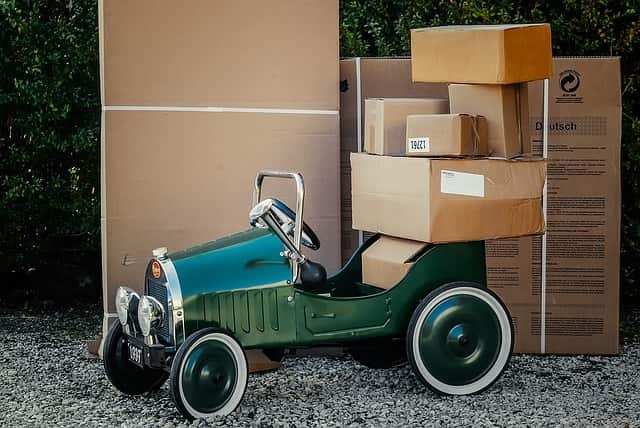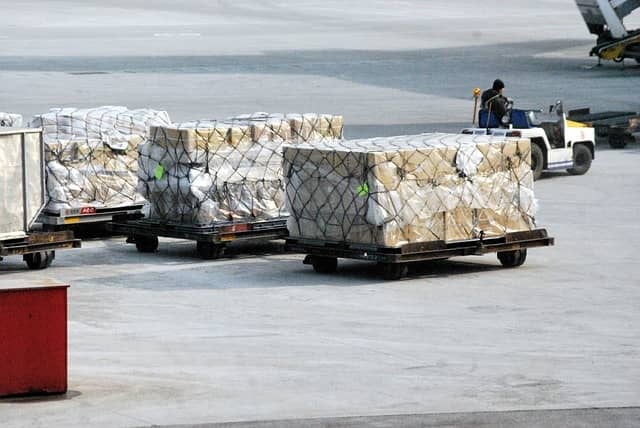Your shipping could be better. It could be faster, cheaper, cause less damage to products and generally make customers happier. But how?
We can’t tell you — not with any precision. Fortunately, your data can. The supply chain is filled with valuable data that you should be collecting to improve your logistics and your business as a whole — and you can be collecting and applying it in real time. Here are a few places where data gets stuck in the shipping process, so you can mine that information and make good use of it.
Shipping Status
The first step to gaining greater control over your shipping process is knowing where in the world your cargo is. Fortunately, there are supply chain tools for that: shipping status tools. In real time, tools like scanned barcodes, or RFID built into packages, can provide updates and alerts on the status of shipped items, so you and potentially your customers know exactly when to expect delivery or other milestones in your shipping process.
Perhaps the most valuable element of shipping status tools is GPS. GPS tools can be used in real time to show you where your cargo is and where it is moving, but it can also be used to optimize your shipping routes. Optimized routes are superior for nearly every reason:They get cargo to its intended destination faster; they reduce the likelihood of lost or damaged cargo; they cut costs associated with shipping due to lowered need for shipping vehicles, fuel and other resources.
Perhaps even more valuable, GPS can assist in understanding what your last mile looks like and making decisions for improving it. The last mile is the process of delivering packages directly where they need to go, be it your warehouses or customers’ homes. The last mile is difficult because many delivery trucks are not permitted on certain streets, cannot find parking near their drop-off site and/or require drivers to travel up many flights of stairs or navigate labyrinthine apartment buildings. At any point during this last leg, packages can receive damage — or completion of the delivery might otherwise be impossible. Real-time GPS tracking can give you insight into how the last mile looks for your shipping process, so you can start making valuable changes sooner.
The Big Data collected through shipping status and GPS tools can unlock information about optimization within shipping, so you can eliminate the guesswork and begin reaping the benefits sooner.
Condition
GPS sensors are useful, but they aren’t the only sensors you can utilize in shipping. In fact, technology has advanced so that you can apply sensors nearly everywhere, from the trucks to the warehouses to the packaged goods themselves, to develop a clearer picture of how your cargo endures the shipping process. The condition of your shipped goods matter, so you should strongly consider using sensors to receive a real-time understanding of the conditions your cargo faces.
There are several examples of condition-based monitoring you might apply to your business:
• Vibration monitoring. If mechanical resonance is a concern for your products, you might run tests using vibration monitors, which will determine the frequencies created during typical shipment.
• Impact monitoring. Packages can receive impacts from a variety of sources, including other packages in a truck as well as careless delivery drivers. Real-time monitoring for impacts will identify the most common causes in your shipping process.
• Humidity and temperature monitoring. When products are affected by moisture and temperature, you need to be certain that the shipping process maintains a dry environment with a controlled heating or cooling.
The benefits of utilizing these data-gathering techniques should be obvious: They help you identify potential dangers within your shipping process, and they ensure that your current shipping process meets your needs.
Again, this ensures that you are not wasting resources during shipping, so you can be more competitive within your market. It may also inform you if you need to create personalized boxes for shipping that can withstand harsh logistics.
Shipping has long been an essential service to businesses, who need their goods to travel from manufacturers to distributors in an efficient manner. However, in the days of Amazon Prime and Postmates, even customers are becoming aware of the importance of optimized shipping practices. By utilizing the data within your shipping process, you can improve shipping for your business, your goods and your customers — and reap the rewards into the future.

